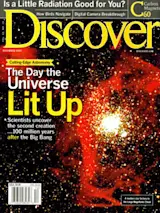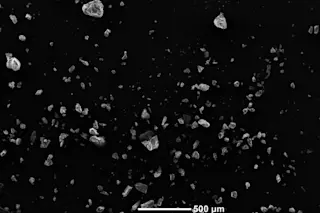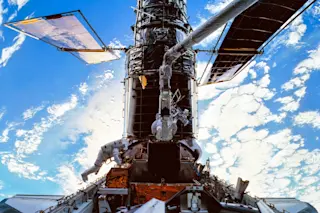When Dennis Laurie, the President of TransOrbital Inc. in La Jolla, California, looks at the moon, he sees green—and not the cheesy kind. He wants to go to the moon to make money. "We're talking lunar video games, lunar videos for business advertising and movies, a high-resolution line map of the moon, and other products," he says. Lots of other people have thought about the private exploitation of the moon. But TransOrbital is the first company to wrangle approval from the National Oceanic and Atmospheric Administration and the State Department for a commercial lunar venture.
Laurie's moon mission, a small robotic orbiter slated for a 2003 launch, is just the first leg of TransOrbital's master plan. Next, the company intends to drop Electra, a lander, onto the lunar surface. The ultimate goal, human colonization, could start within a decade, Laurie says. Veteran space analysts will believe it when they see ...














